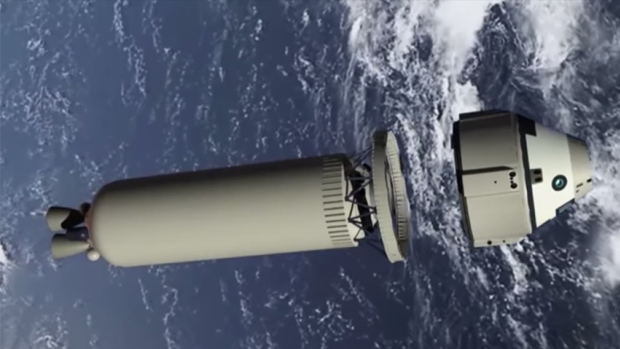January 27, 2015 – NASA has given the green light to both SpaceX and Boeing to replace Soyuz as the principal carrier of human crews to the International Space Station (ISS) by 2017. This marks NASA’s commitment to using commercial carriers for low-Earth orbit services while it turns its eye to building capacity for Deep Space missions.
Right now Roscosmos, the Russian space agency, charges $71 million USD to carry a crew member to the ISS. Both SpaceX and Boeing are prepared to undercut that by $13 million USD per astronaut per launch and allow for cargo to accompany them on the ride. Soyuz cannot handle cargo if it is carrying a human crew.
Where Soyuz is limited to no more than three astronauts, the Boeing CST-100 capsule can carry a crew of four plus cargo. And Soyuz can only be used once. The CST-100 can be reused up to ten times. SpaceX’s Dragon has capacity for a crew of seven or five with cargo. The capsule is powered by eight rocket engines and can can land on ground, be serviced, and launched again. Its Falcon-9 rocket first stage is designed for resue as well. The CST-100 lands on water and must be recovered. Its launcher is usable one time.
Charles Bolden, NASA’s administrator and a former shuttle astronaut when asked about the announcement stated, “I don’t ever want to have to write another check to Roscosmos after 2017.”
In making the announcement Bolden described the future of the ISS. Right now the plans are to continue to use it until 2024. Funding currently covers ISS operations until 2020. President Obama approved an extension for its use until 2024 but funding has yet to be put in place. So 2024 seems to be the end point although the life of the modules and solar panels that power them can easily surpass that date. NASA, if they could get funding approval, would extend the ISS mission intio the 2030s using it as a low-Earth assembly and launch station for Deep Space missions such as the planned asteroid mission and possibly even a human mission to Mars. The alternative would require the dismantling of the station piece by piece and deorbiting.
What would replace ISS? The most likely candidate is Bigelow Aerospace which has developed inflatable modules that can house human crews for long-duration space flight, and can connected to create a much larger orbiting habitat. Bigelow is scheduled to connect one of its inflatable habitats to the ISS this year for thorough testing.
Who gets to go first? Boeing (seen below) has been given the green light. CST-100 is launched using Atlas V, a venerable rocket technology familiar to NASA. SpaceX, on the other hand, launches its Dragon capsule using Falcon-9s, its own commercial rocket. NASA wants validation of the reliability of the Falcon-9 before human crews will be allowed to board for a flight to the ISS. Each carrier will be expected to provide between 2 and 6 flights to the ISS costing in total $6.8 billion USD.








